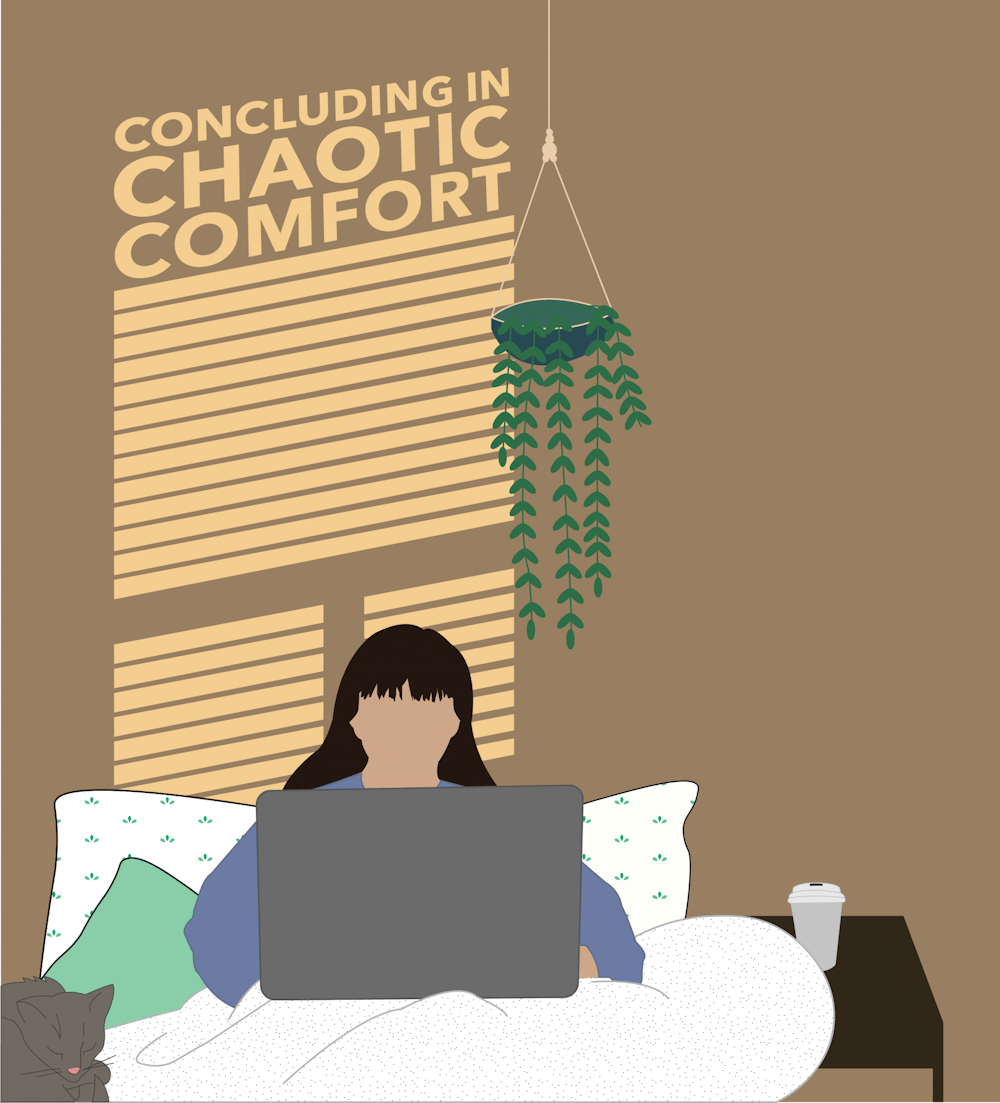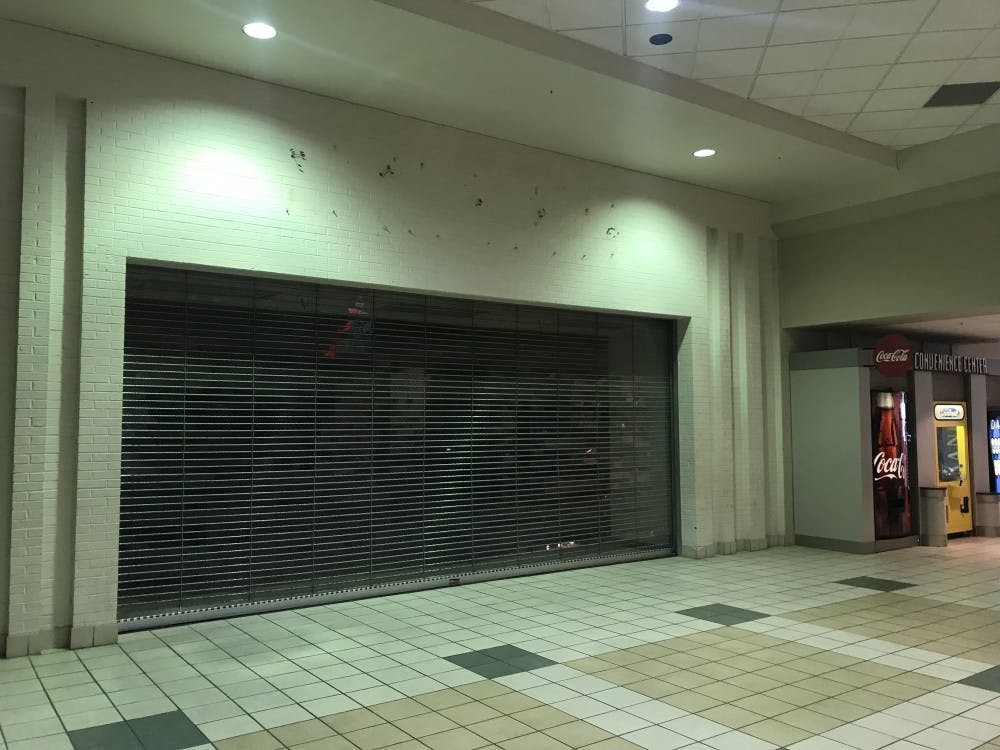How to use LockDown Browser and Respondus Monitor
LockDown Browser is compatible with Mac and Windows computers and is used in conjunction with Respondus Monitor to record and analyze exam sessions for students. Some final exams may require LockDown Browser and/or Respondus Monitor.
To download LockDown Browser, log into Canvas, and click on the "Help" icon in the main menu on the left side of the screen. Click on the “Respondus Monitor for Students” link, which will take you to the download site. Review the terms and conditions, and click the “Install Now” button.
To produce a good webcam video while taking an exam with Respondus Monitor, students are encouraged to have their laptop on a flat surface, such as a desk, and avoid beds or laps to minimize the device’s movement. If possible, students should take exams in a well-lit room and avoid wearing hats so the webcam picks up a clear picture of their faces.
Source: Ball State University Technology Help Desk
Rather than pulling all-nighters with study groups and hoping to find open spots in campus testing labs, Ball State students will experience the fall 2020 semester’s finals week from their own homes, completing tests in front of a webcam monitor.
Departments at Ball State are handling asynchronous finals in different ways. Some, like the Department of Modern Languages, are requiring all final exams to be taken with LockDown Browser and Respondus Monitor. Others, like the Department of Computer Science, are not implementing department-wide rules.
“If you talk to all my colleagues in computer science, you’ll find all kinds of different approaches,” Computer Science Professor Paul Gestwicki said. “There’s been some advice given but certainly no rules.”
Jackie Sydnor, assistant chair of the Department of Elementary Education, said her department has already depended on technology for practicum hours this semester.
“During most of the semester, we had students engaging in virtual practicum experiences,” she said, “teaching students virtually, engaging in some other experiences that were more simulations.”
Some professors in the Department of Education are having students turn in a final group project virtually, which is a shift from usual group presentations on campus.
Professor of applied behavior analysis Shannon Dieringer said the Department of Special Education was mostly virtual during the fall semester, so moving to online work will not have a significant impact. Dieringer added that Ball State provided clear guidelines for what asynchronous work should look like.
“Most courses will be offered asynchronously, given the potential for connectivity challenges once students leave campus,” a university statement from Nov. 24 said.
The statement also mentioned that, if faculty members felt synchronous delivery was necessary, they should consult the departmental chair or work with students on a case-by-case basis.
“They have had a lot of different Canvas workshops as well as a Canvas community that was made accessible [for] all faculty,” Dieringer said. “Ball State has made it really clear that they want this asynchronous delivery.”
Dieringer said the Ball State administration also wanted to accommodate students who lived in different time zones.
“Let’s say you have an 8 a.m. class, but you live in Alaska,” she said. “Well, that’s going to be in the middle of the night.”
Gestwicki said professors in the Department of Computer Science have also had to adapt their usual discussions during the final exam period for students in their one-plus-two-plus-one program, who complete their sophomore and junior years of a bachelor’s degree at Ball State and their freshman and senior years at their home colleges in China.
Gestwicki said the department has a significant number of Chinese students in its programs and synchronous work would be complicated, as China Standard Time is 13 hours ahead of Eastern Standard Time.
Students are approaching the asynchronous finals week with differing attitudes.
Isaac Ledford, a freshman business administration major, had two in-person classes this fall and has returned home to Fishers, Indiana, to complete his classes virtually. While Ledford said he wasn’t stressed about finals, he is looking forward to finishing his Fundamentals of Public Speaking class.
“I’ve never really experienced an actual college final before, but I think the asynchronous finals will decrease my stress because the whole year, I didn’t feel stressed at all because I didn’t have to leave my dorm unless I wanted to,” Ledford said. “I don’t have the pressure of being in a room with a bunch of other kids, and I’ll just have all my resources with me.”
Senior marketing major Chloe Townsend is apprehensive. She said she struggles to understand class material when studying asynchronously and prefers taking exams in testing labs rather than on her laptop.
“Online finals are definitely not ideal,” Townsend said. “The asynchronous delivery definitely adds to my stress. I’m hard on myself anyway, and I try to do my best.”
The fall 2020 semester’s finals week will be the first to administer exams fully asynchronously at Ball State, so students and professors are both navigating uncharted territory.
Finals week will end Dec. 18, 2020, followed by a month-long winter break before the spring semester is scheduled to begin Jan. 19, 2021.
Contact Mackenzie Rupp with comments at msrupp@bsu.edu or on Twitter @kenzieer18.





